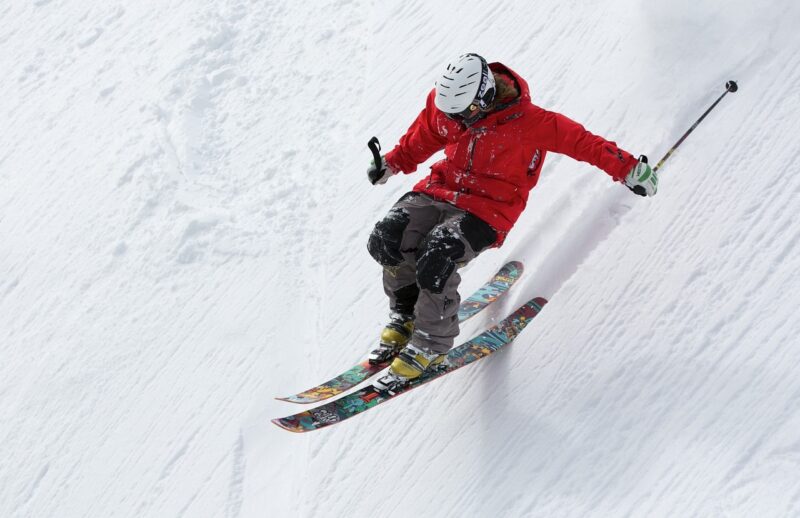
Understanding Skiing Related Injuries: Staying Safe on the Slopes.
Before hitting the slopes, it’s essential to understand the types of injuries that skiers may encounter. By being aware of these risks, you can take proactive steps to prevent them and ski more safely.
- Traumatic Injuries: These injuries occur suddenly and are often the result of falls, collisions, or impacts with obstacles on the mountain. They can include fractures, sprains, strains, tears (especially in the ligaments of the knee), dislocations (especially at the shoulder, and head injuries such as concussions or traumatic brain injuries (TBIs).
- Overuse Injuries: Skiing involves repetitive movements and stresses on the body, which can lead to overuse injuries over time. Common examples include tendonitis, stress fractures, and muscle strains.
- Cold-related Injuries: Exposure to cold temperatures for extended periods can result in conditions such as frostbite and hypothermia, especially in extreme weather conditions.
Tips for Staying Safe on the Slopes: Now that we’ve covered the types of injuries associated with skiing, let’s discuss practical strategies for minimizing the risk and staying safe on the slopes:
- Wear Proper Safety Gear:
- Always wear a helmet to protect your head from impact injuries.
- Use appropriate eyewear such as goggles to shield your eyes from snow, glare, and debris.
- Dress in layers to stay warm and dry, and don’t forget protective gear such as wrist guards, knee pads, and spine protectors.
- Know and Follow the Skier Responsibility Code:
- Familiarize yourself with the skier responsibility code, which outlines essential guidelines for safe skiing behavior.
- Follow rules such as skiing in control, yielding to others, and respecting trail signs and closures.
- Stay within Your Skill Level:
- Ski within your abilities and avoid attempting runs or maneuvers beyond your skill level.
- Progress gradually, taking lessons if necessary to improve your technique and confidence on the slopes.
- Warm Up and Stretch:
- Engage in a proper warm-up routine before hitting the slopes to prepare your muscles and joints for activity.
- Incorporate dynamic stretches targeting key muscle groups used in skiing, such as the quadriceps, hamstrings, and calves.
- Stay Hydrated and Nourished:
- Drink plenty of water throughout the day to stay hydrated, especially at higher altitudes where dehydration can occur more rapidly.
- Fuel your body with nutritious snacks to maintain energy levels and stamina on the mountain.
- Be Mindful of Weather Conditions:
- Stay informed about weather forecasts and be prepared for changing conditions on the mountain.
- Dress appropriately for the weather and adjust your skiing plans accordingly to ensure your safety and comfort.
Conclusion: Skiing is a thrilling outdoor activity that offers adventure and excitement, but it’s essential to prioritize safety on the slopes. By understanding common skiing-related injuries and following practical safety tips, you can minimize the risk of accidents and ensure a safe and enjoyable skiing experience for yourself and others. Remember to wear proper safety gear, know and follow the skier responsibility code, stay within your skill level, warm up before skiing, stay hydrated and nourished, and be mindful of weather conditions. With these precautions in mind, you can make the most of your time on the mountain while staying safe and injury-free. Happy skiing!


